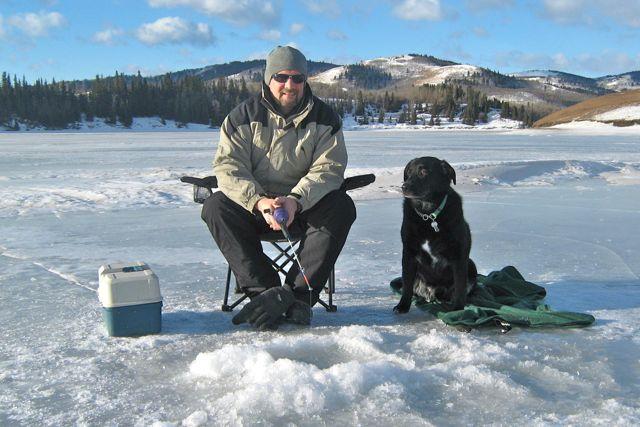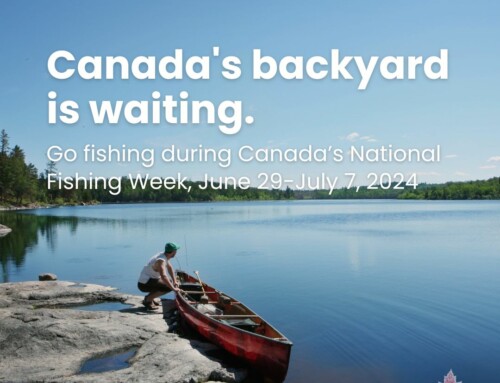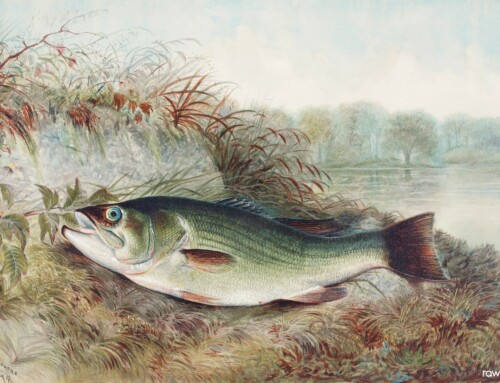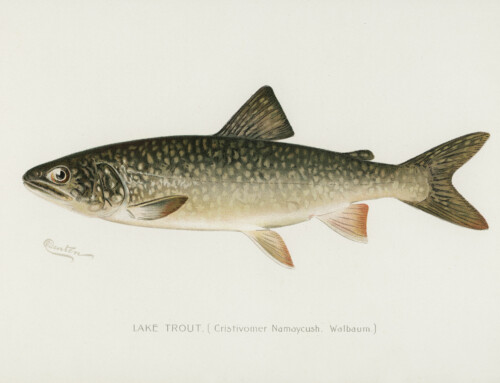Ice advice
Originally Published by Outdoor Canada, January 1, 2016
By Wes David
Before hitting the hardwater this winter, learn to recognize the signs of danger
Any time you’re in the ice, you must keep one factor in mind above all others: safety. This is particularly the case in early winter and late spring, when ice conditions are at their worst and anglers are at the highest risk of falling through. That makes it crucial to be able to recognize different ice conditions and learn how to avoid danger. Here’s an overview of what you need to know.
Freeze factors
There are several factors that determine ice thickness—the type of water, location, air temperature, water temperature, water depth, the size of the waterbody and the presence of underwater springs or currents, especially where creeks or rivers enter or exit the waterbody. But the first question you should ask yourself at the beginning or the end of the season is this: Has it been cold enough outside for a long enough period of time to create or maintain safe ice? If the answer’s no, it’s not time to go ice fishing.
When you do visit a frozen waterbody, conduct a visual inspection before heading out. Look for cracks on the surface, which can be a sign of instability. Water sitting on top of the ice is obviously the easiest indicator of melting. In most cases, the ice will melt along the shoreline edges first.
Be careful around logs, rocks and docks—they absorb heat from the sun, which melts the surrounding ice that much faster, or causes it to form much more slowly. If the ice is mushy or soft at the edges, stay off it. Don’t try to jump over soft ice in the hopes of landing on good ice. The good ice may be farther than you think, if it’s there at all.

Colour code
It’s also very important to consider the colour of the ice. Clear blue ice is the strongest and safest. It forms when the temperature has been at least -8ºC for three consecutive weeks. The colder it gets, the faster blue ice will form. At a minimum thickness of 12 inches, blue ice will even support a large vehicle such as a mid-size pick-up (see “Support system”).
White opaque ice is half as strong as blue ice. It’s formed by wet snow freezing on top of already existing ice. Often referred to as snow ice, it’s most dangerous when it forms on top of ice that hasn’t completely frozen. When that happens, the ice below takes longer to freeze and turn into blue ice. During early-winter and spring snowstorms, opaque ice is notorious for covering up dangerous thin ice, catching ice anglers off guard. Use extreme caution when heading onto snow-covered ice, and check the thickness every 100 metres with your ice auger.
Dull grey ice is the least safe. Why? Because it’s rotting. The grey colouration indicates the presence of water, meaning the ice will not support much weight, if any. Grey ice is most common during the spring melt, although it can be found all winter long near moving water, such as where creeks and rivers enter or leave a waterbody. These same areas also often have underwater currents that can make ice unstable, so avoid them. And remember, no fish is worth the risk of falling through.
Support system
The body of water you plan on fishing may be covered in ice, but is it thick enough to support you? According to the Lifesaving Society, clear blue iceneeds to be at least four inches thick to support a person and at least 12 inches for a mid-size pick-up. Bear in mind, though, that many insurance companies void your policy once your vehicle travels onto ice, so be sure to check before you venture out.

Stay off
3 inches (7 cm) or less

Walking
4 inches (10 cm)

Snowmobile or ATV
5 inches (12 cm)

Car or small pick-up
8 to 12 inches (20 to 30 cm)

Mid-size pick-up or van
12 to 15 inches (30 to 38 cm)
Airdrie, Alberta, contributor Wes David plans to never fall through the ice.
Photos courtesy of Wes David.







